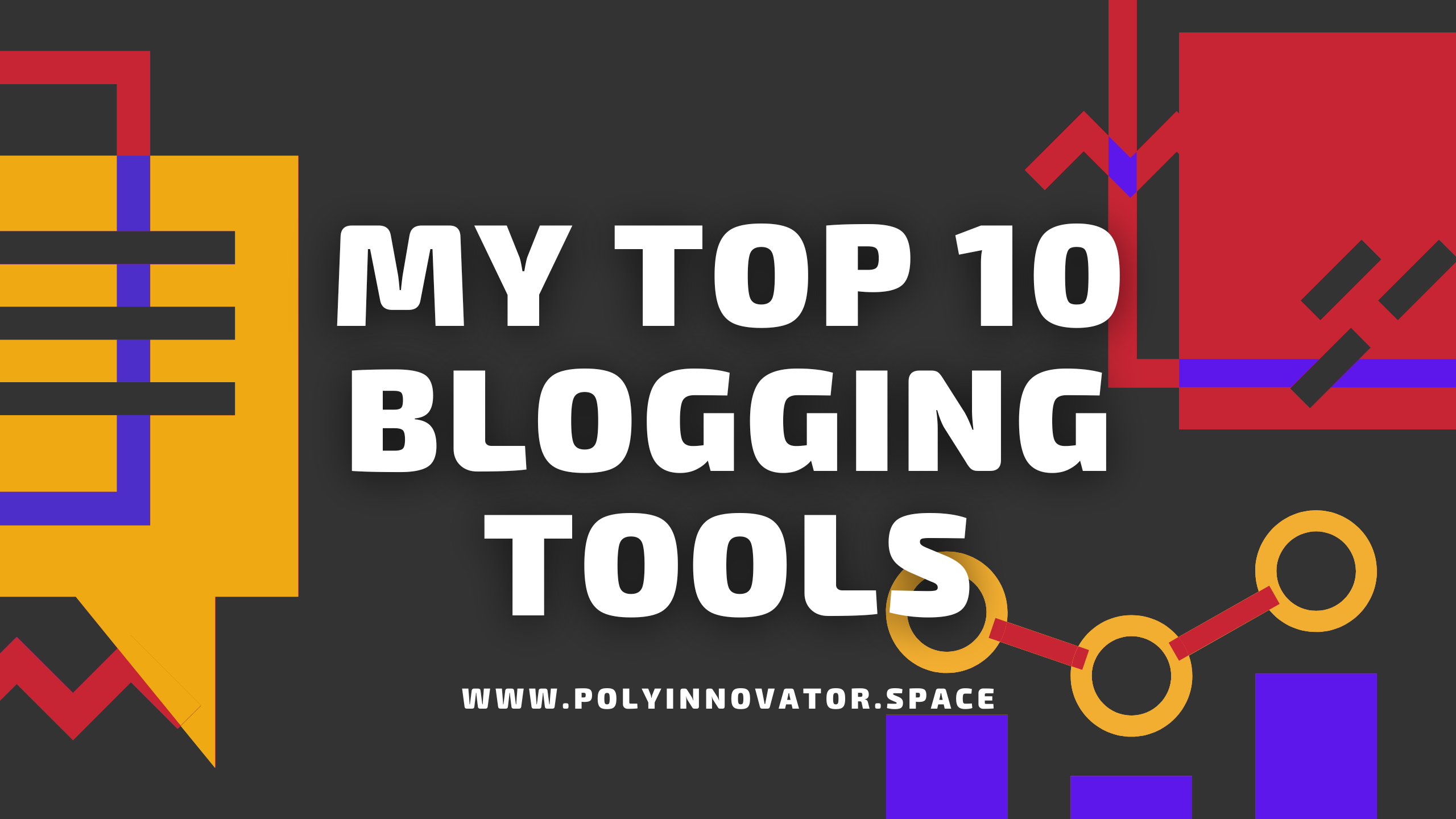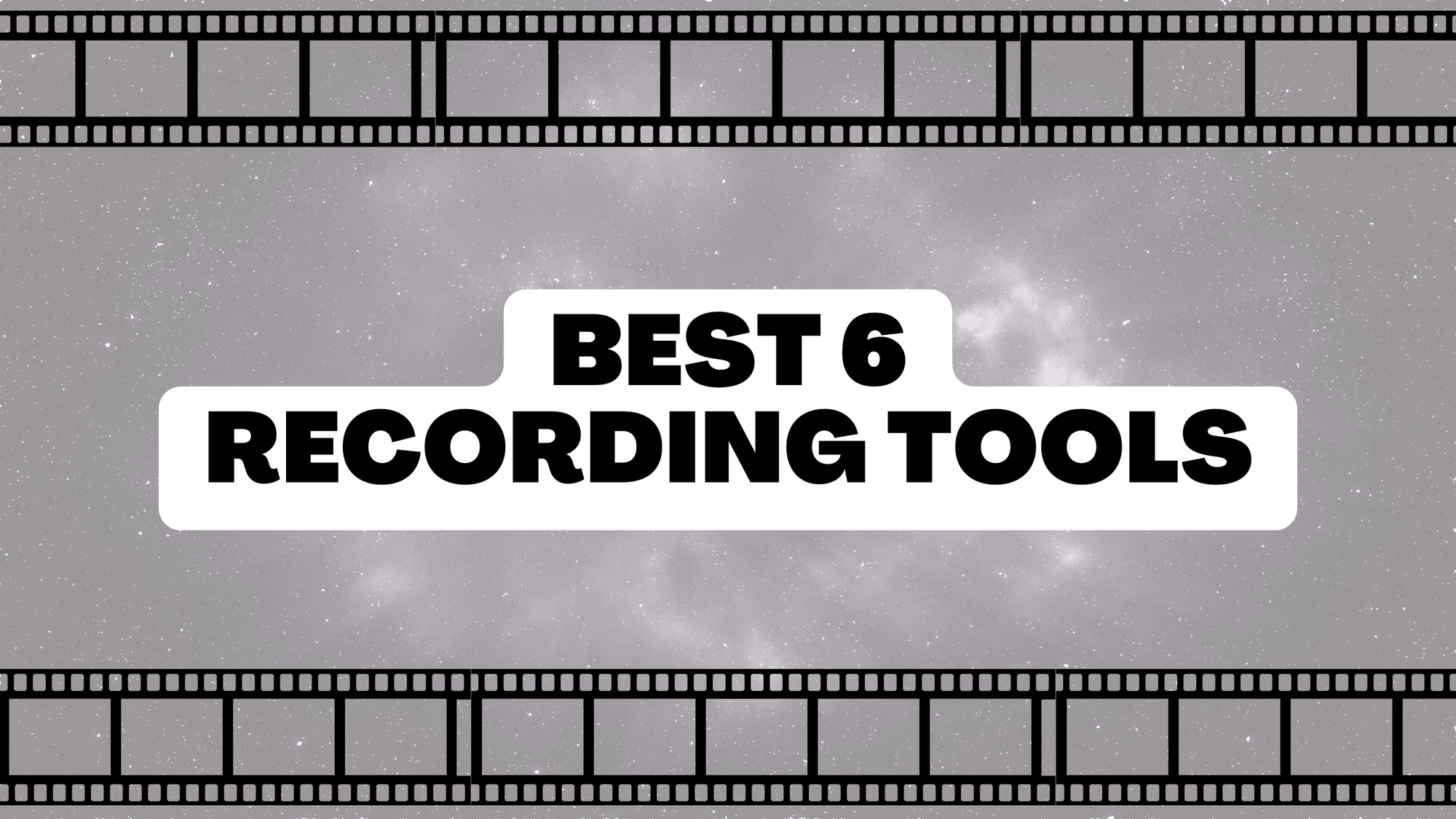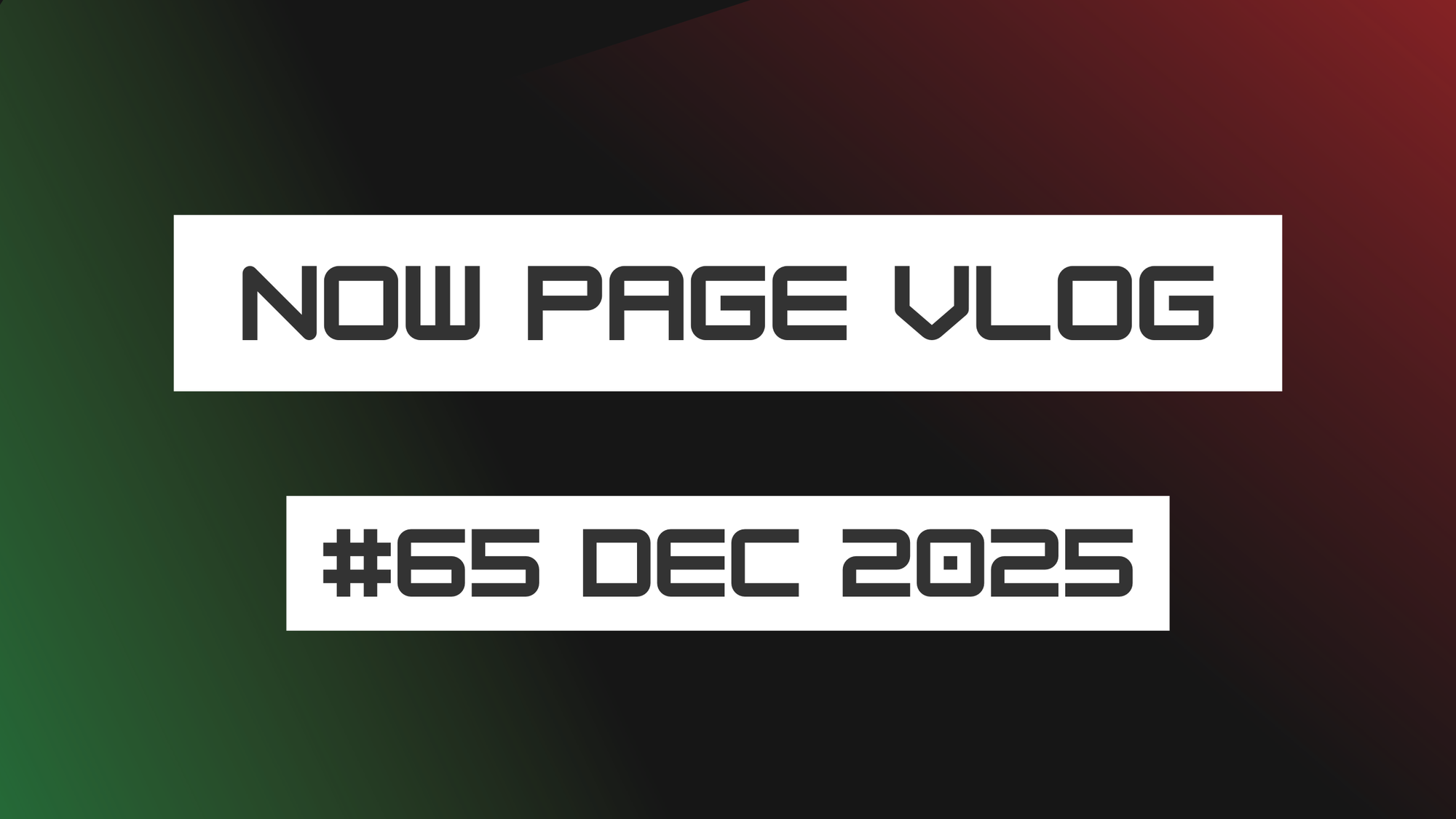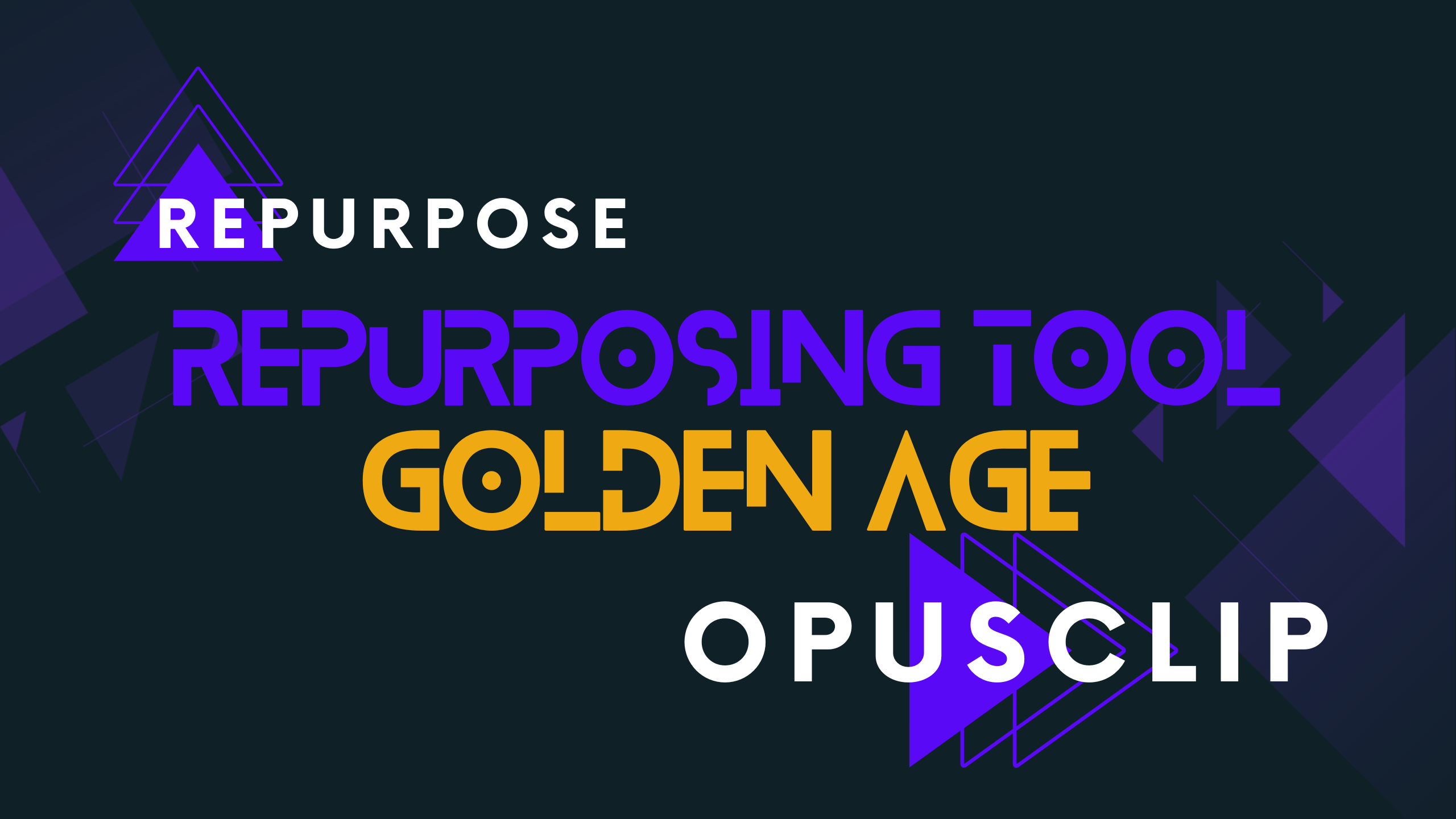Many people are familiar with Gary Vaynerchuk if you are in the content space. It is hard to miss him, but if you somehow don't know him; He is one of the most prolific content creators in the world.
He puts out dozens if not 60+ pieces of content every day across his omnichannel strategy. While he has a media company doing a lot of the heavy lifting like editing for him, he built that for that purpose, and he still does the posting himself.
He came out with a content model, that took the world by storm. While it was more big picture philosophical rather than in the dirt sort of helpful. It gave people a perspective that they needed. Eventually Doc Williams made a more grounded nitty gritty version, and now I'm taking it one step farther.
Why?
Now this post is gonna be longer than most in this newsletter series, however I think it is for the best. This series originated from my audacious desire to create/repurpose content every day. Part of that originally was motivated by me watching Gary Vee often. However once you seen enough of his content, then you get the idea down well.
At that point it is a matter of doing what he says, and I too feel the same way. After a decade of watching how social media evolved (I was on most platforms early on, and was studying social media marketing back in like 2013). I have come to similar conclusions as Gary, and probably have come to some of my own as well. Such as the delay of posts over time, which I'll get to later.
Since Doc Williams was one of the only people who has actually ADDED to this model or space. Other creators simply reiterating the same stuff, then I felt it was time for me to share my model in more depth.
How Gary Vee's Model Works
It all starts out with a big piece of content like an interview or keynote, then you can chop it up into bits called microcontent.

Here is the slidedeck:
Now there are a lot of posts and videos out there, even my GV himself, that explain this better. Meaning I am going to go over this swiftly, and I left some links down at the bottom if you want more info.
Think of his model as the foundation, the Doc Williams one as the frame of the house, and mine the walls and tools to build it (although Doc's does that too a bit!).

Quick shoutout to Doc Williams and Brand Factory Inc!
They came up with a GV Content Model 2.0 with collaboration with Team Gary Vee. I also had Doc on the PolyCast a little while back too!
https://courses.brandfactoryos.com/the-gary-vee-content-model-2-0
The PolyInContent Model Strategy
Ah, yes. The namesake of this content repurposing newsletter, and the strategy I have spent half a decade working on/thinking about.
It all started when I was searching for social media management tools, of which I tried basically them all (the ones that don't require a demo at least lol). Here are two that I find most useful in the modern use cases: Nuelink and Publer!
Here is the beta version of the mind map:

This is based off of my PolyInContent series (formerly OmniContent) where I would create a blog post, then a slide deck from it, use those to make a video, and then cut out the audio. From there I could chop it up into bits.
Sound familiar? It is quite like the GV model 1.0, but I am a writer so I start with a blog rather than a video. Most people do the video then transcribe it into a blog post strategy.
What I find most particularly interesting from this mind map is how I visualized the SHARING of the post. Not even repurposing, but literal shares on social networks. I found that most people are not recycling their post enough, and the ones that attempt to... do it WAY too much.
I hate the word recycling in this space because it usually leads people to spam it out. Instead, think of it this way, you want to maximize your reach of a certain post or video, but without oversharing it to your audience. GV talks about transforming it, and that is certainly one way.
Although you can share it the day of, then the next day share it at the OPPOSITE time of day, which allows the rest of your audience to see it. As people are usually on platforms the same time most days. Then a week later, then a month later, half a year perhaps, and then a year anniversary of that content.
What you are doing is maximizing the lifetime of that one post, and that isn't including transforming in say "quote images" or "video memes" yet either.
If you times that timeline of shares, with that of the three pillar types: audio, video, written. Then you get 6 shares times 3 types, and that alone nets you 18 posts from one PolyInContent episode (remember each episode is a blog, video, AND podcast originally = 3 pieces). Now we are at 21.
Let's also understand the power of various platforms, i.e. linkedin is different than twitter, and even Mastodon. If you count each platform as its own piece than you can times that 18* posts from before times the number of platforms. Let's say Linkedin, Facebook, Twitter, mastodon, and pinterest. 5 x 18 = 90 + 3. 93 pieces!
You can take your podcast and make audiograms, your video can be videomemes (the clips), your blog post can turn into tweet threads/quote images/slidedeck/etc. Even infographics! There are many ways to take your stuff even farther. Let's say three clips, 2 audiograms, one thread, 3 quotes, and one deck. Now we are at 103 pieces.
Depending on your pillar piece it could be a LOT more. I consider my PolyInContent series to be my main one, but those episodes are rather short 15-30 minutes short. My interviews (secondary series) are on average 90 minutes, which leads to a vast amount more clips to work with. I honestly suggest you post 10 tiktoks/shorts/reels a day, or at least 5. If you want to compete with the algorithms.
This is just a conservative estimate, and perhaps your content works for clips really well. Meaning you can get more out of it. I also include the idea of sharing to sites like mix.com or Reddit as pieces too. Although those are more nuanced, and mix is no longer as good as Stumbleupon (same company).
The point is that your content can go a lot further than just sharing the day of, and the various KINDS of microcontent. The previous models shared in this post often think in the present moment, what can be shared NOW. Whereas I try to add another dimension to it with time. So far no tool has been able to satisfy my need for delayed sharing, the ONLY ONES that came close were Missingletter or Coschedule, but even those not so much.
What I came to the conclusion is that I can't quite do the strategy at the moment unless I set up reminders. You can use SMM tools, or tools like Zapier, to do the "Day of" and "Day Later" posts, but beyond that it is up to you. However I think it is worth it to make your posts as evergreen as possible. I set up an automation for each platform, and for each content type myself. I even tried doing a 20 step "zap" on Zapier, but it broke. Here are some alternatives to Zap that could be a better price.

- https://www.make.com/en
- https://www.opensourcealternative.to/project/Huginn
- https://www.opensourcealternative.to/project/n8n
- https://www.opensourcealternative.to/project/Temporal
- https://www.opensourcealternative.to/project/Automa
- https://www.opensourcealternative.to/project/Pipedream
- https://www.opensourcealternative.to/project/ActiveWorkflow
Learn more from my various posts on the subject:

Highlighted Tool of the Week: Opus Clip
While I have tried so many tools I cannot even count how many. There was always this task in the back of my mind to go through all of my videos to repurpose them. Especially the interviews!
While other tools are better at making more specific cuts or finding clips yourself through text scrubbing. This tool uses the AI chatgpt to find clips, and then it automatically reframes, cut, and captions the video.
While I know for a fact it isn't getting EVERY clip, it is doing a good job finding a big chunk. For me I just needed to get moving, get started, on this clip sharing.
I figured by the time I manually go through each episode for the blog post repurposing I can find the rest of the clips. I currently have made 200 clips now thanks to Opus.

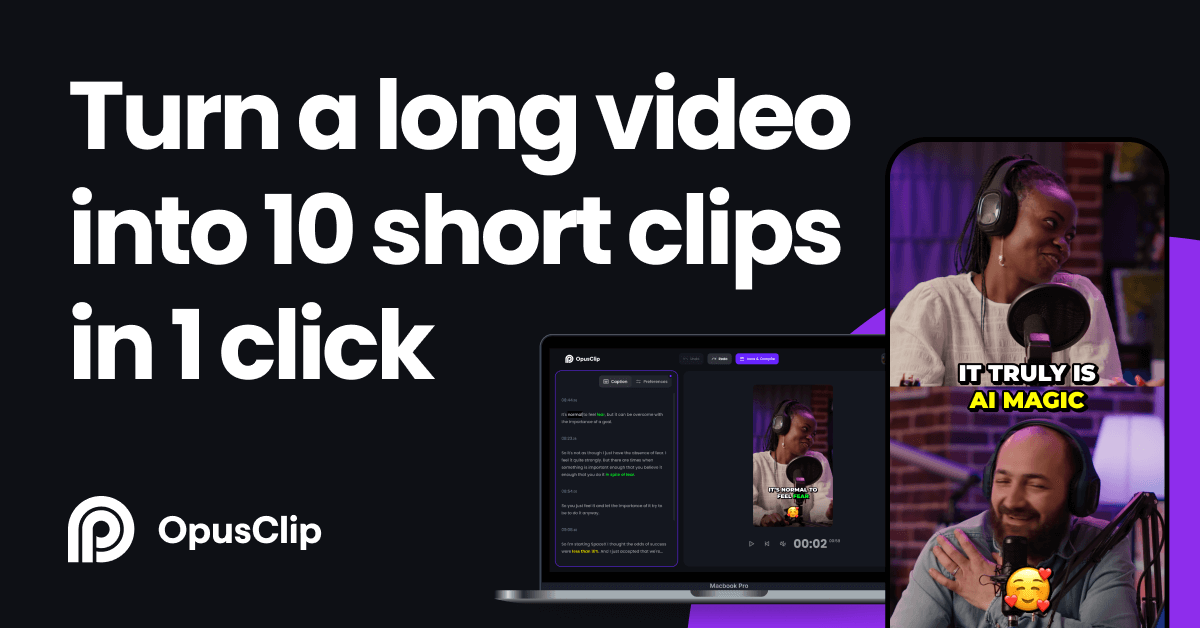
🥡 Takeaways
While there are similarities from my model to that of Doc's, and GV's of course, there is a big difference in how it plays out. I love both of their works, and by no means am I saying my model is "better", but that it expands upon it.
This space isn't about competition, but rather comradery, and building each other up. That is why I make this newsletter, as I found there was no one really aggregating all of these amazing tools. Not to mention sharing the love of the founders that made them. I created my own tools website to share with you, and while it is still in it's beta stages. Bear with me, as this is gonna be a big help to you!
Poly Tools Website:
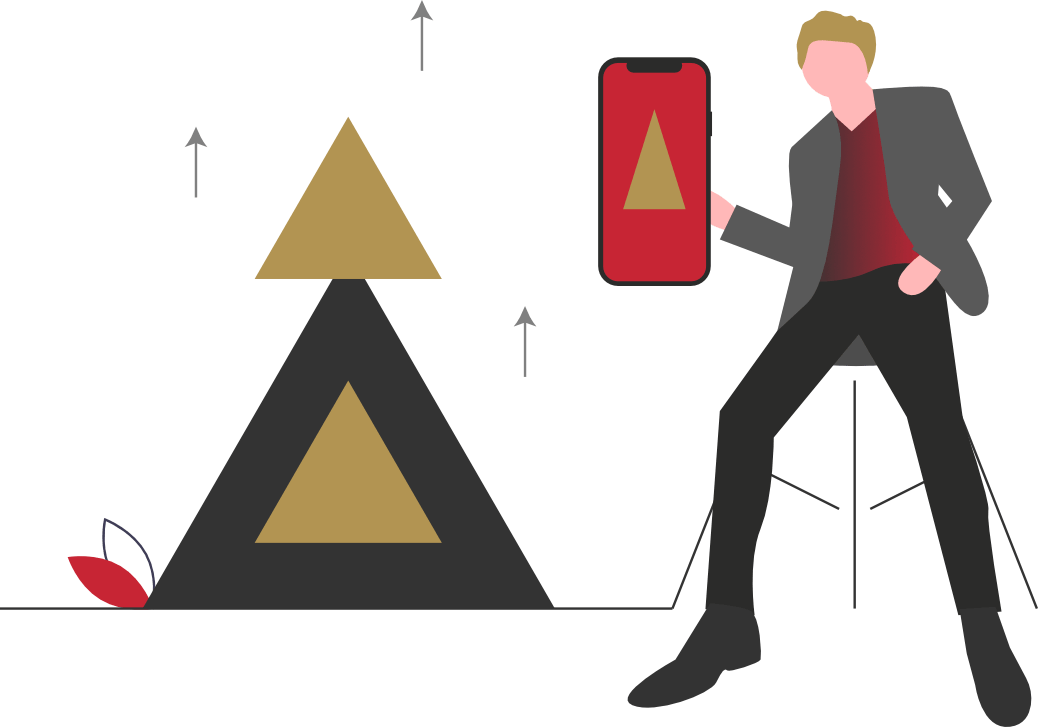
Resources:


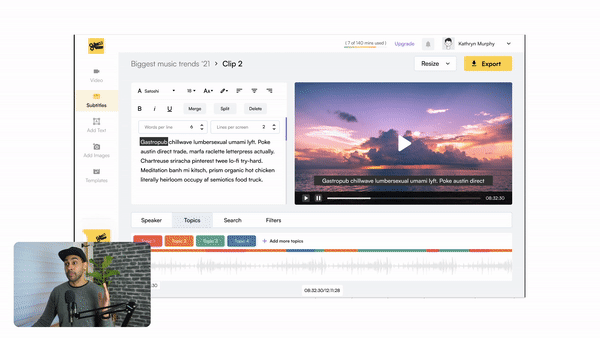

Aff Link




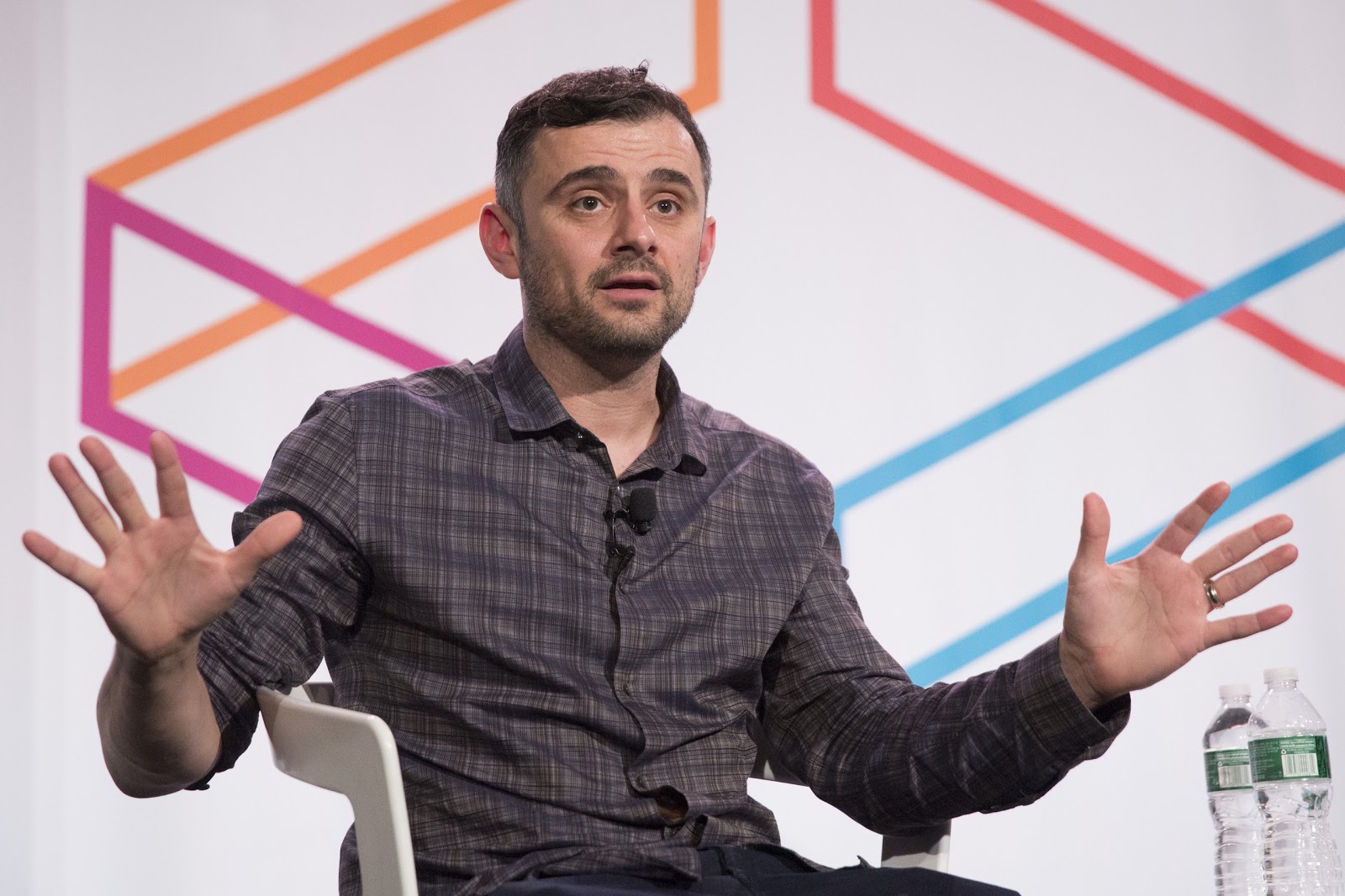
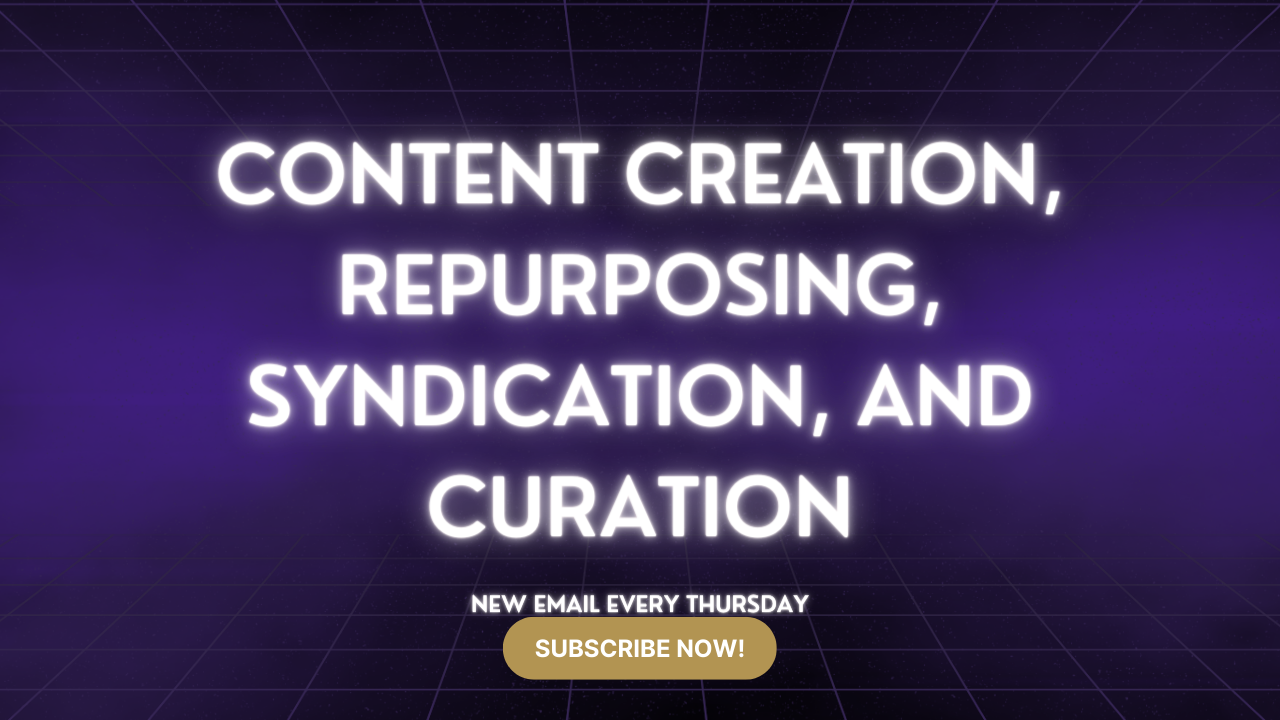
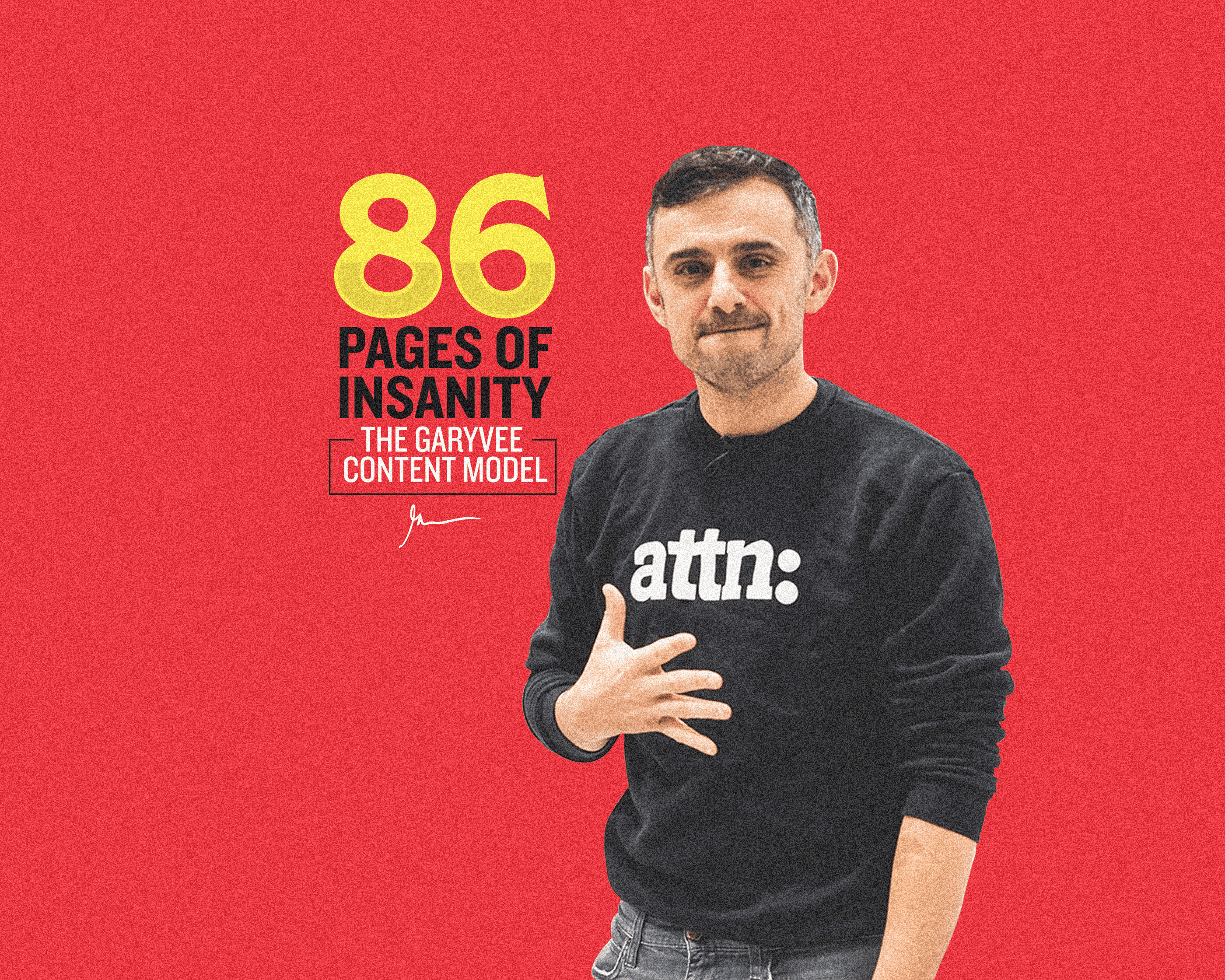

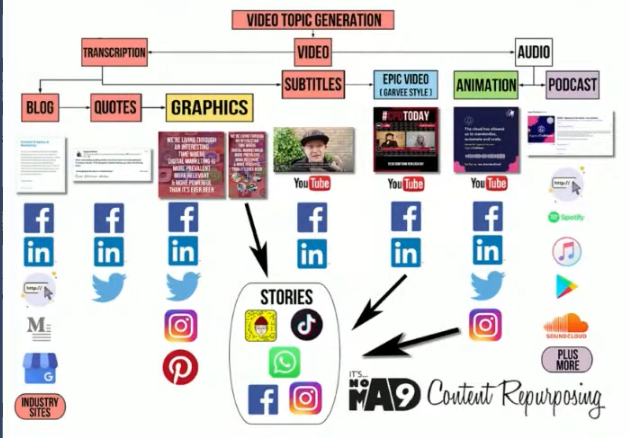

![Official Website for Dustin Miller PolyInnovator [LLC]](https://polyinnovator.space/content/images/2025/03/polyinnovator-logo-2024.png)















